
How Burns are Treated
Posted by Editor on Apr 24th, 2018 in Secure in Health | 0 commentsBurns don’t just happen when your skin comes into contact with an open fire, it can also occur when your skin is exposed to heat from radiation, electricity, and corrosive chemicals. So, how are burns treated and complications prevented?
Classification of Burns
Before a treatment is recommended, the doctor will assess the severity of the damage to the tissues first. The burns are classified into four categories so that prevention of infection and complications are more effective.
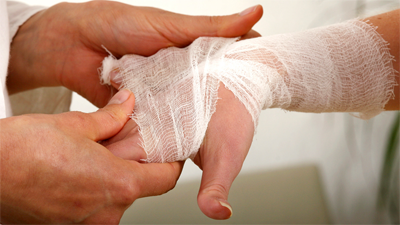
1. First-Degree Burns
Only the skin’s outer layer or the epidermis is affected, causing slight pain, dryness and redness. The pain should last for a maximum of 72 hours and can be treated with cold compress, ointment or lotion, and ibuprofen or acetaminophen.
2. Second-Degree Burns
This kind of burn affects not just the epidermis but the second layer or dermis as well. There is pain, swelling, redness, dryness, thickening of the skin and blisters on the skin. In some cases, second-degree burns become third-degree burns in a few days. These burns must be cleaned and bandaged at the hospital to avoid infection and will usually take three weeks to heal. The person will also need acetaminophen or ibuprofen for the pain and apply antibiotic creams on the blisters. If the blisters don’t heal, skin grafting is sometimes recommended.
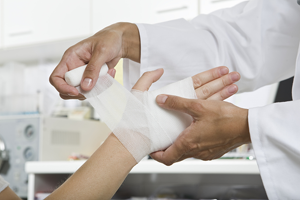
3. Third-Degree Burns
Third-degree burns generally affect the epidermis, dermis, and even the muscles, tendons and bones of the affected person. The nerve endings on the burnt areas are usually destroyed, so the person does not feel any pain. The burn will look leathery, dry, swollen, and appear white, brown, yellow or black in color. This severe burn should be cleaned and debrided in the hospital, applied with antibiotic creams or ointments, and then the patient is given IV fluids with electrolytes and antibiotics to prevent infection. The patient is also given pain medications, supplements, a tetanus shot, skin grafting or cosmetic reconstruction.
4. Fourth-Degree Burns
The most severe burns affect the epidermis, dermis, subcutaneous fat, muscles, and bones. Like third-degree burns, the nerve endings are also destroyed so there isn’t much pain. The burns have to be closed using grafting and reconstructive surgery. In some cases, amputation might be required. The healing and recovery will take longer and the person might suffer from permanent disability.

Signs of Infection
Burn victims will have to watch out for dehydration and infection. It is especially difficult to tell if the affected area is already infected because of its appearance, so you should look for the following symptoms during the healing process:
1. Fever
2. Pus or green-colored discharges
3. Discoloration and swelling
4. Changes in color of the surrounding skin or burnt area
5. Changes in the thickness of the burn
Available Treatments for Stroke Patients
Posted by Editor on Apr 3rd, 2017 in Secure in Health | 0 comments
Being a caregiver is not easy but you can ace it if you know what you are fighting against. Helping a patient to resume his/her life can be overwhelming that is why you have to be patient and work hard for it. If in this case you are looking after a patient that suffered stroke, you have to know the available treatments.
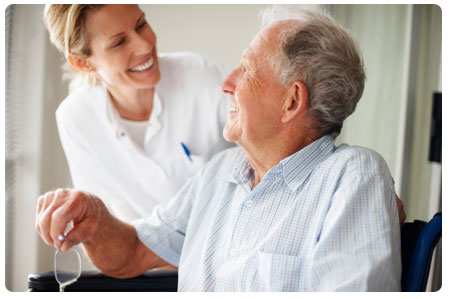
Stroke happen due to complications with the brain’s blood supply; the complications may be a blocked or ruptured blood vessel. Because of this, the brain will not get enough oxygen thereby the dying cells. Here in Singapore, stroke is listed to be one of the most common causes of death. This is serious that is why the government is doing its best to minimize its occurrence through information drive and incentives.
You have to know that there are three kinds of stroke – ischemic, haemorrhagic and transient ischemic attacks. The less severe is transient ischemic attack because it is temporary. When this stroke happens, it only briefly interrupts the flow of blood to your brain. The most common is the ischemic stroke. This stroke involves blockages or narrowing of arteries. As a result, there is a reduced flow of blood. The most severe one is haemorrhagic stroke were an artery is bursting or leaking blood.
You have to know the signs of stroke so you can pay attention next time. As for the treatment, it depends on the kind.
Ischemic stroke
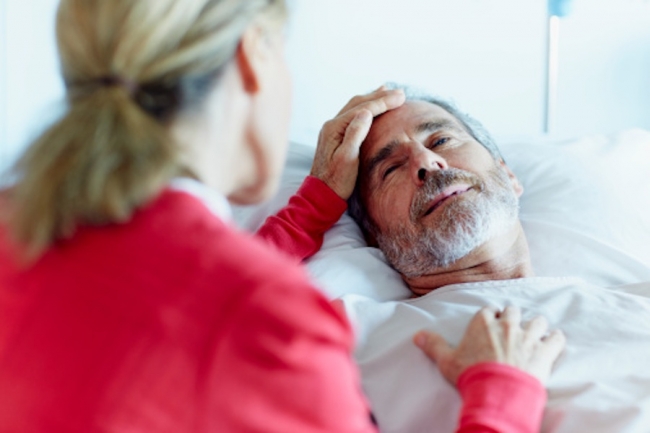
It was mentioned that ischemic is caused by narrowing or blocking of arteries. The treatment focuses on how to restore adequate blood flow to the brain. It is usually done by drugs that tackles clots and prevent others from developing. Tissue Plasminogen Activator can also be considered which is effective in liquefying clots.
Haemorrhagic stroke
As for the haemorrhagic stroke, it is caused by a leak or rupture so the treatment concentrates on controlling the bleeding as well as reducing the pressure. Treatment can also include drugs. There is also surgery for repairing the problematic blood vessels.
Rehabilitation
Surviving stroke is a life-changer. As a caregiver, you have to understand this. With your help, their recovery will be successful. There are different rehabilitation techniques offered to the patients like speech therapy, physical therapy, support groups and occupational therapy. You do not expect a smooth journey through recovery because some patients are still depressed or in denial that is why you need everything you have to urge them to enjoy life. Support is needed and you should not ignore it.

Top Remedies for Sore Throat
Posted by Editor on Mar 30th, 2017 in Secure in Health | 0 comments
Perhaps the most inconvenient pain is sore throat. It keeps you from enjoying good food because swallowing is very difficult and excruciating. It hurts but it is nobody’s business. The least that you can do is to look for remedies on your own. Sore throat happens when the cells found in your mucous membranes become inflamed or swollen.

Here in Singapore, you can consider homemade remedies or going to the doctor. Choice is yours. If in this case you want relief right away, remedies are available that can help you soothe the ache. Here are top remedies for sore throat:
Gargle with salt water
Gargling with warm salt water may come from your grandmother but it is sure effective if you give it a chance. Gargling warm salt water can effectively reduce the swelling. How to do it? Well that is easy. Heat 1 cup of water (just enough to make it warm) and then add ½ teaspoon of salt (table). You can gargle it now and just make sure you repeat it only thrice a day. More will mean drying out the soft tissue.
Drink an Apple Cider Vinegar
Apple Cider Vinegar (ACV) with honey can be an effective relief against sore throat. ACV is effective because of its high acidity level that can kill bacteria. If you mix it with honey, you can drink it. You need 1 tablespoon of ACV, 1 tablespoon of honey and 1 cup of warm water. Mix it all and you have your mixture.
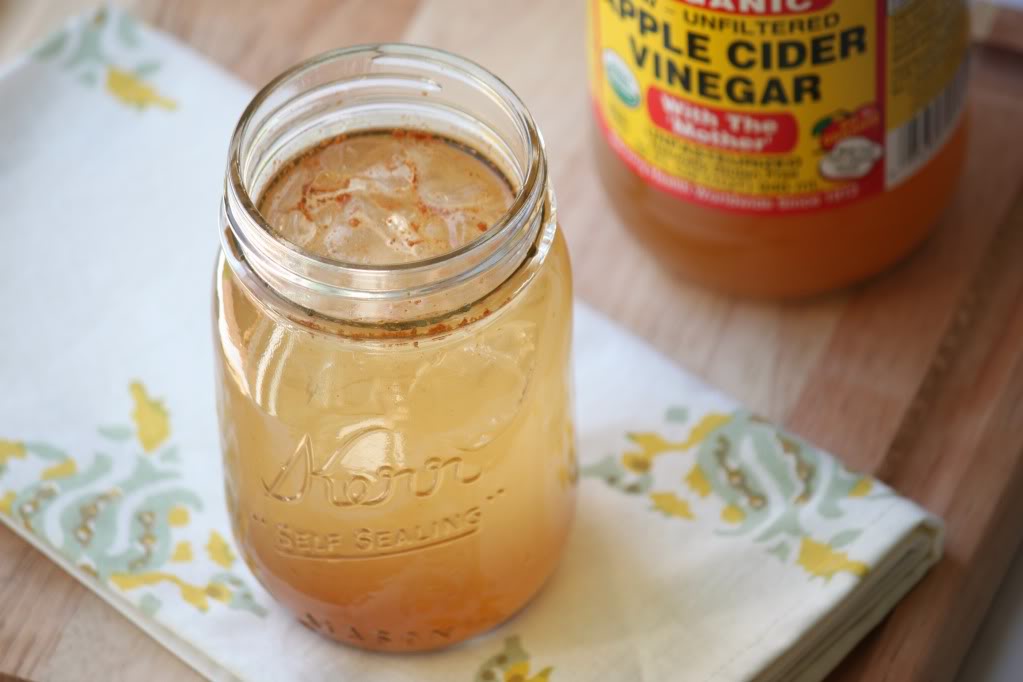
Suck garlic
Yes this sounds nauseating and you won’t probably go out after sucking on it but it is worth the shot. Garlic is actually a natural cure that can take away sore throat. Garlic has allicin that can kill bacteria. You need clove of garlics sliced in half. You do not bite it, just rub it against your teeth.
Steaming it out
The good news is that steam can give relief because it can make breathing easier – that is if you are congested. You don’t need to head to any sauna or steam room if you want to steam it out. You need one large bowl, hot water and towel. Boil water and pour it unto your bowl then lean over so you can inhale the steam.
Rest and fluids
Rest and drinking fluids are obvious if you do not feel well. Do not underestimate the power of rest and fluids. It would help if you combine it with natural remedies. The important thing here is to make sure that you give your body enough time to recover.
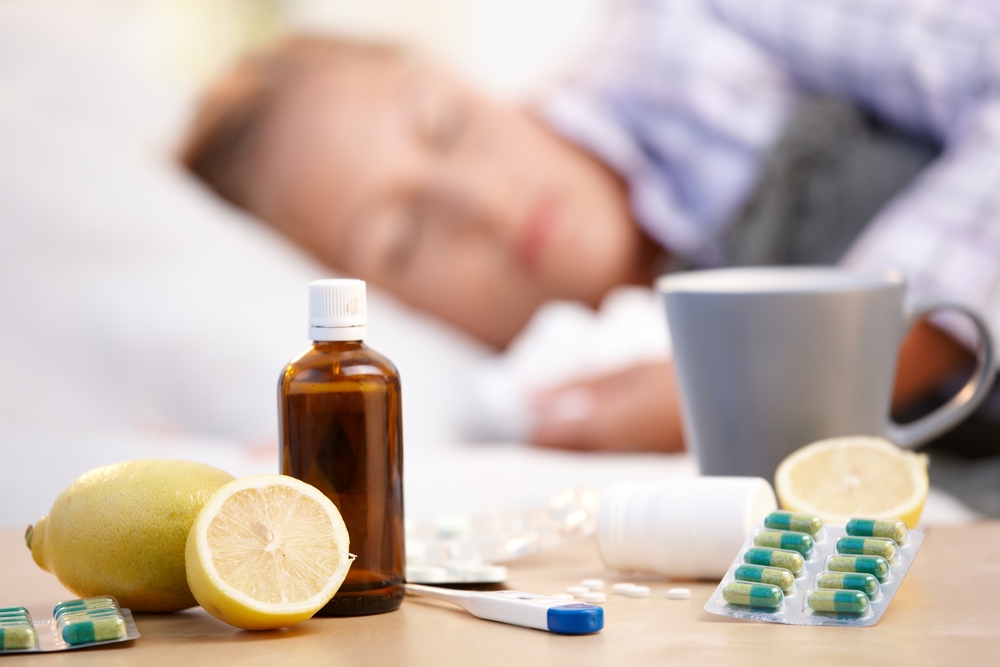
Post-Heart Attack Lifestyle Changes
Posted by Editor on Mar 22nd, 2017 in Secure in Health | 0 commentsSurviving a heart attack is often seen as a life-changing event. Apart from recovering from the procedures that were performed to treat the heart attack, health experts in Singapore suggest that patients also need to make some extensive changes in their lifestyle. These changes are designed to target the risk factors of heart disease and stop its progression. Although implementing the following lifestyle changes will never be easy, doing so after suffering from a heart attack is a crucial part in preventing its recurrence.
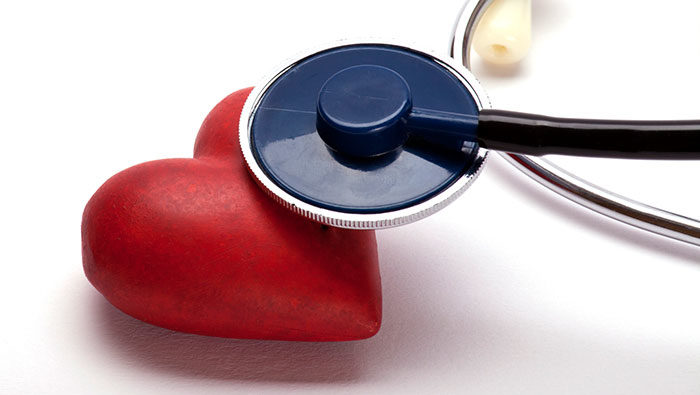
1. Quit Smoking
If you used to smoke, then the most important thing that you can do – not just for your heart but for your whole system – is to stop. Smoking increase the amount of fatty material stored in your arteries. In addition, the nicotine found in cigarettes makes the heart work faster. It constricts the blood vessels and increases your blood pressure and heart rate. Also, being exposed to second-hand smoke is detrimental to your health. So ensure that you avoid being exposed to cigarette smoke at any cost.
Quitting smoking is one of the most difficult changes that you will make, but your Singapore cardiologist will help you in the process. Ask him or her about a plan or some guidance as you give up smoking. Also, inquire whether he or she knows a support group that can help you in getting over this vice. Remember that because you failed to quit smoking before doesn’t mean that you can’t quit now for good.
2. Go on a Heart-Healthy Diet
Going on a heart-healthy diet is another important lifestyle change that you should make after experiencing a heart attack. A diet that’s low in cholesterol and is rich in fruits, vegetables and whole grains will help in lowering blood pressure, cholesterol levels and body weight. Health experts in Singapore also recommend incorporating fishes that are rich in omega-3 fatty acids in your diet twice a week, as well as consulting your specialist about taking some omega-3 supplements.
Succeeding in this lifestyle change will be easier if you work with a dietitian. Together with a great cardiologist in Singapore they will be able to help you in planning your daily menus and finding recipes that best suits your condition and heart health. Your dietitian will also be able to provide you with resources that will allow you to focus on eating healthy foods. If you’re having problems looking for a dietitian for your rehab program, ask your cardiologist in Singapore for a referral.

3. Exercise Regularly
One of the most important factors to achieve a good heart health is to be physically active. Some patients are afraid of exercising after a heart attack, but working out is what you really need to strengthen your heart and reduce your risk of experiencing future heart attacks and heart disease. So as much as possible, take part in a cardiac rehabilitation program to help you establish an effective life-long workout plan.
If you don’t feel like going for a rehab, make sure to ask your Singapore cardiologist about what level of exercise is best for you and how you could possibly incorporate more activities in your daily routine. Also, ask your doctor about what warning signs to watch out for as you exercise, as well as what you should do when they occur.
4. Manage Obesity and Diabetes
Obesity and diabetes are some of the major risk factors for heart attack and heart disease. If you’re diagnosed with diabetes, it’s important that you work with your healthcare provider to have a tight control over your blood sugar. This is achievable through eating healthy diet, exercising and taking certain medications. Make sure that you work with your practitioner to develop an effective management plan for your diabetes.
Being obese is a major factor for developing diabetes and heart disease. Your specialist can help you create a plan to control the number of calories you consume, while increasing your physical activity to burn the extra calories. Have your cardiologist refer you to a registered dietitian or fitness expert to help you lose weight.
5. Treat High Cholesterol and High Blood Pressure Levels
High cholesterol and high blood pressure damage your arteries. Over time, it increases your risk of experiencing heart attack and stroke. Going a healthy diet, exercising and doing the aforementioned lifestyle changes can help, but it might not be enough in the long run. That said, ask your doctor about certain medications that you can take to manage or treat high blood pressure and high cholesterol.
6. Take Medications as Recommended
If your specialist has prescribed some medications for your heart condition, take them exactly as advised and report any side effects to your doctor. Also, don’t skip or stop taking any of your medicines without consulting your physician first.

7. Monitor Yourself for Signs of Depression
Experiencing mood changes, such as depression, is common in the first few months following your heart attack. However, it might be a problem as it can undermine your recovery and put you at risk for cardiovascular complications or worse, death. Feelings of hopelessness, sadness and loss of interest in activities you used to like that stay with you for two weeks should already prompt a call to your cardiologist in Singapore. Ask him or her about the treatment options available like counselling or medications that you can do to battle depression.
Experiencing a heart attack isn’t a sign that you should back away from doing the things that you love to do. It’s a sign that you should now make your health your top priority, and you can start doing that by applying the aforementioned changes into your life now.
Frequently Asked Questions: Important Points About Alkaline Ionized Water
Posted by Editor on Jan 4th, 2017 in Secure in Health | 0 commentsAlkaline water machines or water ionizers are designed to obtain drinking water with a certain level of pH. Producing acidic and alkaline water, a water ionizer is connected to a water supply and electrical power source and is connected to the main tap water faucet or installed as an additional tap water supply in the kitchen.
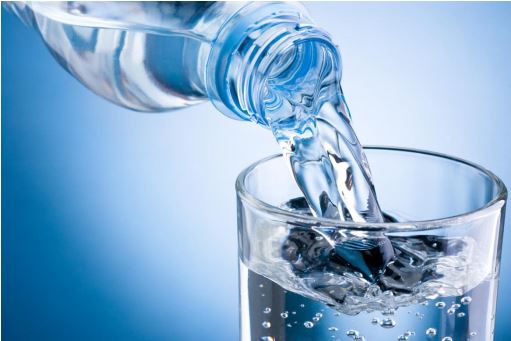
With the controversy surrounding this product, many people in Singapore are wondering what really the scoop is on this product and whether it’s a good investment or not. There’s a lot of contradictory information about this, so it can be confusing to understand alkaline water properties and abilities to improve one’s health. However, if you know a couple of facts about this product, you can be confident to decide whether or not to buy one. To help you with that, here are the most important FAQs about alkaline ionized water you would certainly want to know.
Alkaline Ionized Water FAQs
1. Is alkaline ionized water beneficial to the health?
First and foremost, ionized water is a powerful antioxidant, so that alone is already beneficial for your health as it delays aging. It prevents damages caused by free radicals, which causes signs of aging to appear earlier and various types of cancer. Secondly, ionized water balances the pH level in our body because of its alkalinity. It neutralizes the acidity of the body from extremely acidic diet. Thirdly, with its reduced molecular size, water produced from ionizing machine is much more hydrating than that from basic water filter.
2. How much alkaline ionized water should I drink?
It varies from person to person. It depends on your weight—you need either an ounce or half of ionized water for every pound—and the complexity of your day-to-day activity. If you perspire more, then you should drink more to replenish the lost water. However, that’s just a general advice. If you’re under medication or enduring a more advance stage of health condition, seeking professional advice is strongly recommended before upping the doze of your alkaline water intake.
3. Does ionized water contain fluoride?
If you ionize tap water and not filter it prior the ionization, then yes it will contain fluoride and the same contaminants it got from your water supply. In order to ensure purity of water from fluoride, a water filter should be used before ionization. You can also use special filters to clean the water from toxic metals, like lead, arsenic, and mercury. Most water ionizing machines already have built-in standard water filters, but by choosing one that’s equipped with advanced type of filters you’re assured you’re drinking more purified, mineralized, and therefore more health beneficial water.
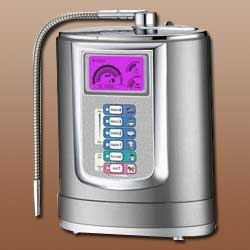
4. Is baking-soda water equally healthy as machine ionized alkaline water?
Baking soda contains another chemical—sodium bicarbonate; and alkalinizing water with baking soda will not only give you an unpleasantly tasting liquid, but loads of sodium as well. Because of this, using baking soda for permanent use to make the water alkaline can’t be recommended.
5. Can alkaline ionized water help lower blood pressure?
Ionized water can help lower blood pressure, but it does not guarantee that in extreme cases as it is not a medicine. However, by drinking alkaline ionized water, you’re not only hydrating yourself but also providing your body with all the minerals contained in it; therefore benefitting your health in the long run.
6. How to make water alkaline when away from home?
When travelling, you can use portable water ionizing units. Many of these are in the form of tumblers and pitchers, and are available in the same supplier you got your water ionizing machine. While it’s not as effective as your ionizing machine, it can still produce moderate amount of pH level in the water and even add magnesium and calcium in it.
Overall, it boils down that a water ionizer is a great investment in ensuring that your health is kept in tip-top condition. This will provide you clean and fresh water supply at home and allow you and your family to enjoy its many great health benefits.

